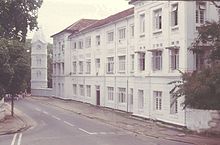
The University of Colombo is a public research university located primarily in Colombo, Sri Lanka. It is the oldest institution of modern higher education in Sri Lanka. Specialised in the fields of natural, social, and applied sciences as well as mathematics, computer sciences, and law. It is ranked among the top 10 universities in South Asia.

Established in 1870 as the Colombo Medical School, the Faculty of Medicine of the University of Colombo, is the second oldest medical school in South Asia. It is considered to be the top most medical faculty in the country which requires the highest entry qualification in GCE Advanced Level examination.

The University of Peradeniya is a public university in Sri Lanka, funded by the University Grants Commission. It is the largest university in Sri Lanka, which was originally established as the University of Ceylon in 1942. The university was officially opened on 20 April 1954, in the presence of Queen Elizabeth II, by Prince Philip, Duke of Edinburgh.
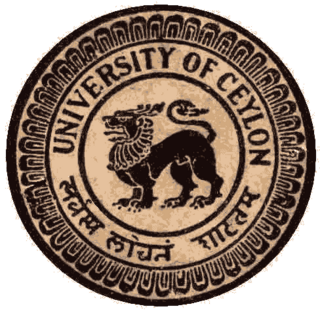
The University of Ceylon was the only university in Sri Lanka from 1942 until 1972. It had several constituent campuses at various locations around Sri Lanka. The University of Ceylon Act No. 1 of 1972, replaced it with the University of Sri Lanka which existed from 1973 to 1978. In 1978 it was separated into four independent universities. These are the University of Colombo, the University of Peradeniya, University of Kelaniya and the University of Sri Jayawardanapura.
The University of Sri Lanka was the public university system of Sri Lanka from 1972 to 1978. The university system was dissolved in 1978 and its six campuses turned into independent universities: the University of Peradeniya, the University of Colombo, the University of Sri Jayewardenepura, the University of Kelaniya, the University of Moratuwa, and the University of Jaffna.

Charles Henry de Soysa Dharmagunawardana Vipula Jayasuriya Karunaratna Disanayaka popularly known as Charles Henry de Soysa, JP was a Ceylonese entrepreneur and philanthropist. He was a pioneering planter, industrialist and was the wealthiest Ceylonese of the 19th century. He was instrumental in the establishment of the first Ceylonese bank, the Moratuwa carpenters guild, the Ceylon Agricultural and National Associations. He is widely regarded as the greatest philanthropist of the island for contributions which includes the De Soysa Maternity Hospital, the Prince and Princess of Wales Colleges, the Model Farm Experimental Station and many other institutions and acts of charity, establishing infant-maternal healthcare and secular education for girls in the country. He would have been the island's first Knight Bachelor, but having died prior, his widow was given the rare honor of the use of the style and dignity of wife of the Knight Bachelor and was known as Catherine, Lady de Soysa.

Gunapala Piyasena Malalasekera, OBE, JP, was a Sri Lankan academic, scholar and diplomat best known for his Malalasekara English-Sinhala Dictionary. He was Ceylon's first Ambassador to the Soviet Union, Ceylon's High Commissioner to Canada, the United Kingdom and Ceylon's Permanent Representative to the United Nations in New York. He was the Professor Emeritus in Pali and Dean of the Faculty of Oriental Studies.

Sir Nicholas Attygalle was a Ceylonese academic, surgeon and a Senator. He was the President of the Senate of Ceylon from 1953 to 1960 and the first Ceylonese Vice-Chancellor of the University of Ceylon, where he was known as the "Iron Vice Chancellor".
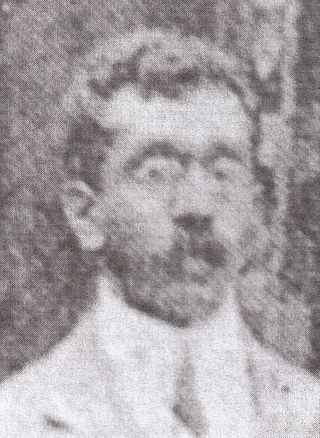
Charles Alwis Hewavitharana, FRCS, LRCP was a Ceylonese (Sinhalese) physician who played a significant role in Sri Lanka's Independence and Buddhist Revival movements. He was the brother of Anagarika Dharmapala.

Sri Lanka has a free and universal health care system. It scores higher than the regional average in healthcare having a high Life expectancy and a lower maternal and infant death rate than its neighbors. It is known for having one of the world's earliest known healthcare systems and has its own indigenous medicine system.
Vidya Jyothi E. O. Eustace Pereira was a Sri Lankan Engineer and Academic. He was the Vice Chancellor of the University of Ceylon, where he founded the Faculty of Engineering. He was known as the Father of modern engineering education in Sri Lanka.
The University of Peradeniya, in Sri Lanka, is composed of nine undergraduate faculties of study. These faculties contain 79 departments in total. In addition, the university has two postgraduate institutions and six affiliated centres.

Ceylon University College was a public university college in Ceylon. Established in 1921, it was Ceylon's first attempt at university education. The college didn't award degrees under its own name but prepared students to sit the University of London's external examination. The college was based in Colombo. The college was merged with Ceylon Medical College in 1942 to form the University of Ceylon. The college was also known as University College, Ceylon; University College, Colombo; and Colombo University College. Its buildings and grounds are now occupied by the University of Colombo which is considered its successor.
The University of Colombo currently has seven faculties with 41 academic departments and two interdependent schools with five academic departments. All faculties and schools carries out courses of study and research in both graduate and undergraduate studies. In addition, the university has several institutions that specialize in different areas of research.
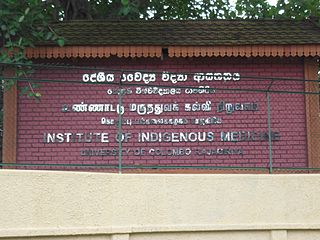
The Faculty of Indigenous Medicine of the University of Colombo, specialising in Ayurveda and the Sri Lankan traditional medicine. Founded as the College of Indigenous Medicine in 1929, it became part of the University of Colombo adopting its current name in 1977. It is a premier center of undergraduate and postgraduate study and research into Ayurveda and Indigenous Medicine and Healthcare.
V. Sivalingam was a Sri Lankan academic and physician. He was the founder of the Faculty of Medicine at the University of Peradeniya and the first Professor of Parasitology of the University of Ceylon.

Sir Hilarion Marcus Fernando, FRCP was a pre-independence Ceylonese statesman, physician and banker. He was a member of both the executive council and legislative council as well as the chairman of the State Mortgage Bank of Ceylon.
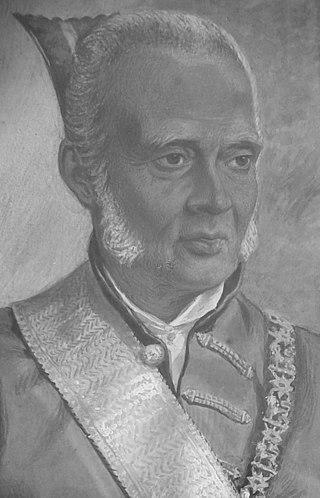
Gate Mudaliyar Jeronis de Soysa was a pioneering Ceylonese entrepreneur and philanthropist. He was a pioneer coffee planter and an industrialist who became the wealthiest Ceylonese of the 19th century by establishing the largest native commercial enterprise of the era. He was instrumental in the establishment of the first Ceylonese bank and is often referred to as a father of private enterprise in British Ceylon. He was the first Mudaliyar to be elevated in recognition of his philanthropy.
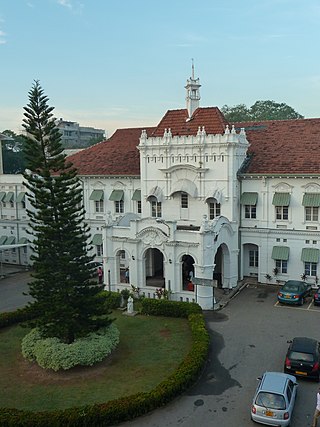
The National Hospital of Sri Lanka is a government hospital in Colombo, Sri Lanka. Founded in 1864 as the General Hospital, it is the leading hospital in Sri Lanka and is controlled by the central government. The hospital has 18 intensive care units and 21 operating theaters and 3,404 beds. It employs 7,500 staff of which 1,500 are doctors. The hospital carries out 5,000 major and minor surgeries each month and treats over two million out patients a year. Situated on a 36-acre site, it includes the Dental Institute, Maligawatte Kidney Hospital, Nurse's Training School, Post Basic Nurse's Training School, School of Eco Cardiograph, School of Physiotherapy, School of Radiography and the University of Colombo's Faculty of Medicine.
